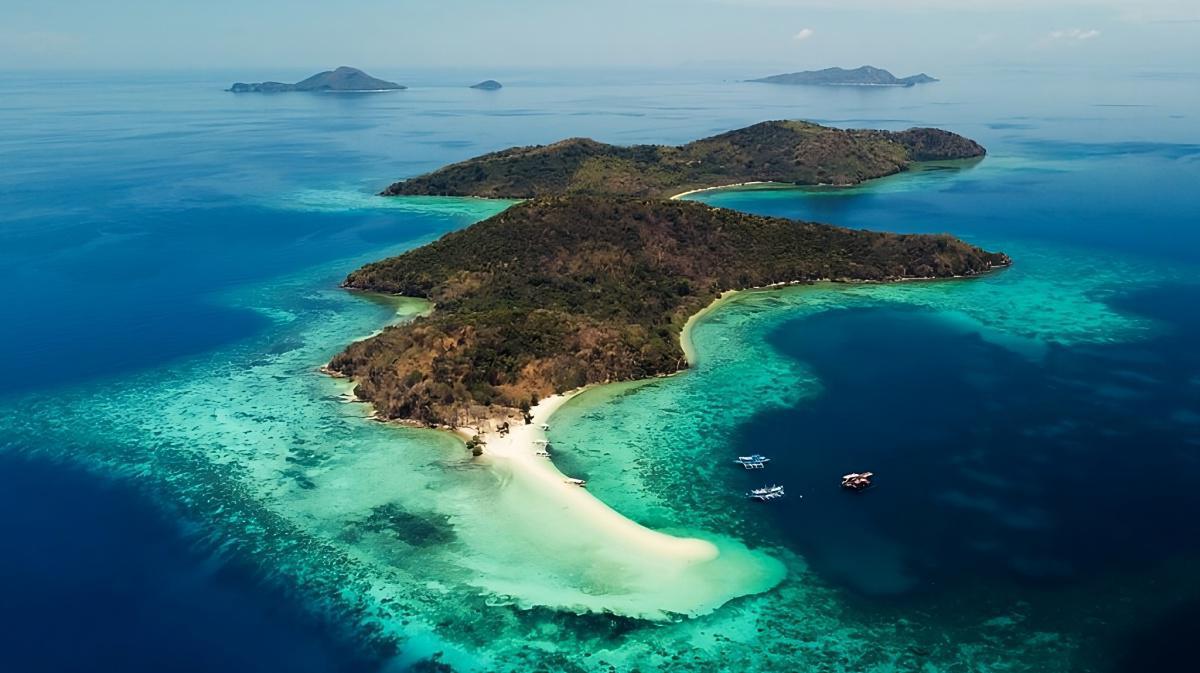Siquijor is a mystical island that will seduce you with its natural beauty and authenticity. Explore its beaches, waterfalls and rich history for an unforgettable trip to the Philippines. Make the most of every moment on this unspoilt island!
Here is a FAQ on Siquijor Island with few questions:
Q: Where is Siquijor Island?
A: Siquijor Island is located in the Central Visayas region of the Philippines.
Q: How do I get to Siquijor?
A: You can get to Siquijor by flying to Dumaguete, then taking a ferry to the island. There are also direct ferries from Cebu and Bohol.
Q: What are the main tourist attractions on Siquijor? Is it safe to bathe in the Siquijor waterfalls?
A: Siquijor is known for its white sandy beaches, beautiful waterfalls, scuba diving, historic churches and traditional healing rituals. And it is generally safe to swim in the Siquijor waterfalls. However, it is always advisable to exercise caution and observe safety rules, such as not jumping from dangerous heights.
Q: When is the best time to visit Siquijor?
A: The best time to visit Siquijor is during the dry season, from November to May, when the weather is sunny and sea conditions are good for diving and swimming.
Q : Are there any accommodation options on the island and how do I get around?
A : Yes, there is a wide variety of accommodation on the island, from luxury resorts to youth hostels and affordable guest houses. As far as transport is concerned, you'll need to show your negotiating skills at all times, as there are no transport companies. For those wishing to avoid lengthy negotiations and tourist scams, we advise you to opt for our tailor-made private transport service and/or rent a well-maintained motorbike (beware of nasty surprises sometimes...).
Q : What about money?
A: In Siquijor, it's not always easy to find an ATM. Some of them (the yellow and blue ones) charge very low exchange rates, and you get a nasty surprise when you look at your statement... Other ATMs do not accept international cards. The only ATM we can recommend is Metrobank in Siquijor Town, which will only charge you the "only" 250P fee and convert at the market rate. Be warned, however, that it regularly sells out due to its success... We strongly recommend that you bring cash to the island, as most establishments do not accept credit cards.
Another solution, increasingly in vogue, is to go through Remitly, a fairly simple system: you send money to this platform and you can withdraw cash directly on the island (or anywhere else in the Philippines) on presentation of your ID. The big advantage is that you can withdraw more than 10,000₱ in one go, without paying any fees! With our referral link, https://remit.ly/134v77ag you'll get a higher-than-market rate on your first transfer. So make the most of it!
Q: What activities can I do in Siquijor apart from the beach?
A: Off the beach, you can visit the Cambugahay waterfalls, explore the Cantabon caves, go snorkelling or scuba diving, visit the historic churches or attend a traditional healing ritual.
Q: What are Siquijor's culinary specialities?
A: Siquijor's culinary specialities include 'kinilaw' (marinated raw fish), 'torta' (rice cake), 'salagubang' (fried edible beetle) and 'budbud' (sweet sticky rice wrapped in banana leaves).
Q: Are there any festivals or special events in Siquijor?
A: Yes, Siquijor is known for its annual festival called the "Fire Festival", which takes place in November and features traditional dances, music and healing rituals. The Siquijor Healing Festival is a unique celebration that takes place every year, usually during April or Holy Week. This fascinating event showcases the island's traditional healing practices and spiritual beliefs. During the festival, you will meet around 150 'mananambal' (healers) who gather at the top of Mount Bandilaan, the highest point on Siquijor.
Q: What precautions should I take when visiting Siquijor?
A: When visiting Siquijor, it is advisable to take the usual precautions, such as keeping an eye on your belongings, avoiding walking alone at night in isolated areas and respecting local customs and traditions.

